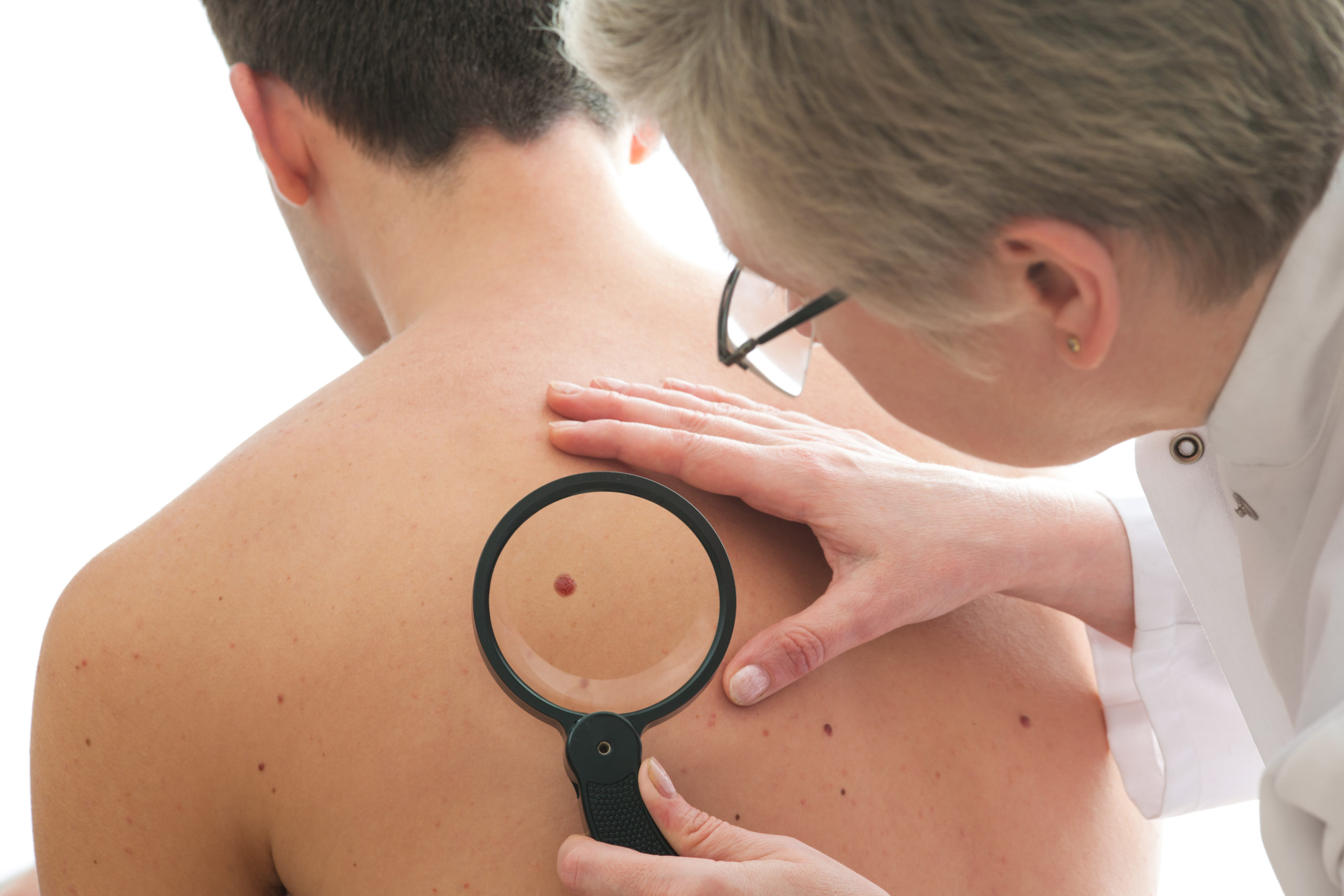Spotting Melanomas: How to Keep Your Skin in Check

Even if you get your skin checked by a dermatologist once a year (which you should), regularly examining your own skin will increase your chances of catching the early signs of deadly skin cancer.
That’s because the appearance of a new mole (even a small one) is far more likely to be the sign of a dangerous melanoma than an older spot that’s been on your body, unchanged, for a while.
“Closely monitoring your skin for new or changing lesions is one of the best ways to identify skin cancer in its early stages,” said Dr. Natalia Jaimes, a dermatologist specializing in skin cancer and pigmented lesions with Sylvester Comprehensive Cancer Center. “This combined approach — seeing your dermatologist every year for a skin check, examining your own skin regularly and consulting your doctor if you see a new or suspicious mole — yields the best results and prognosis.”
What to look for when examining moles
- A new mole, freckle, pigmented area or splotch that suddenly appears, is persistent, growing or looks different from any others you have
- A new spot that is black, pink or brown, even if it’s small
- Any change in existing moles, freckles, pigmented areas or splotches, including changes in texture, shape, color or new symptoms like bleeding
- A shadow extending from a mole into the surrounding skin
- Moles with asymmetry; elevation; firmness; uneven borders; or shades of black, brown or tan
- Moles with diameters larger than a pencil eraser
How to conduct a self-exam of your skin
Using a mirror or two, or with the help of a family member or partner, review your skin — from your head to your toes — once every month. You may even want to put a reminder in your calendar. Once you know what your skin normally looks like, you can more easily notice a new or suspicious growth.
Don’t forget to check the following:
- Your lips
- Inside your mouth
- Inside, behind and outside of your ears
- Your eyes
- Under your breasts (for women)
- Your scalp (front, back and sides)
- Buttocks and genitals
- Between fingers and under fingernails
- Under your arms
- Feet, including between toes and under toenails
Be aware:
- The mid- to lower-back is the most common site of melanomas in males.
- Legs are the most common sites of melanomas in females.
- Skin cancer can show up anywhere on your body.
What to do if you find something suspicious
Early skin cancers may look the same as benign (non-cancerous) moles or spots. So, your only warning may be the appearance of a new one that continues to grow or change.
“While you don’t want to assume that every new mole or freckle is a skin cancer or melanoma, the only way to be sure is to see a dermatologist as soon as you notice an unusual, persistent growth or if you see changes in an existing one,” Dr. Jaimes says.
Your doctor will determine if the lesion should be removed and biopsied. If the lesion needs to be biopsied, pathology results can reveal if further medical treatment is needed. Catching skin cancer early offers the highest chances for successful treatment and survival.
Dana Kantrowitz is a contributing writer for the UMiami Health News Blog.
Tags: Dr. Natalia Jaimes, melanoma, moles, skin cancer, skin check, Sylvester Comprehensive Cancer Center
